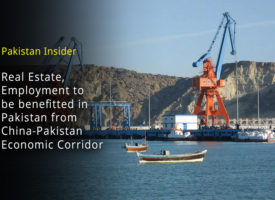Every year since 1989, the 11th of July is observed as a world population day. According to a recent report from United Nations, Pakistan has overtaken Nigeria to become 6th most populated country in the world. China is still the No. 1 most inhabited country in the world with 1.38 billion population followed by India with 1.32 billion people.
Pakistan is already suffering from poverty and inflation and the upsurge in population in the country could prove to be catastrophic in the future especially in the rural areas of the country. The report also claimed that Pakistanis are among the 60% people in this world who are residing in a developing country.
Out of the world’s population of 7.43 billion, as many as 1.8 billion are teenage girls aged between 10 to 24. Subsequently, the theme of this year’s world population day was ‘development for teenage girls’ largely because they made a good chunk out of the whole population.
According to the experts, the population of the world is increasing at 1.8% every year which is an indication that at this pace, there would be as many as 11.2 billion on earth at the break of 22nd century.
Executive Director of United Nations Population Fund (UNFPA), Dr. Osotimehin, in his official statement on the occasion of world population day said that:
“Governments everywhere need to invest in teenage girls in ways that empower them to make important life decisions and equip them to one day earn a living, engage in the affairs of their communities and be on an equal footing with their male counterparts”
As I type, Pakistan’s current official population is 192,959,001 i.e. 192 million people. In 1988, Pakistan’s population was 100 million which states that in last 28 years, Pakistan’s population increased by 92 million as compared to 63 million in 38 years between 1950-1988.
Pakistan’s population is equivalent to 2.57% of total world population. The total land area is 770,998 Km2 which is equivalent to 297,684 sq. miles. 38.6% of the population is urban while rest of the 61.4% hails in rural areas. The median age in Pakistan is 22.7 years.
It has been projected that by year 2050, Pakistan’s overall population will be 300 million while the world’s population at that time would be around 9.7 billion.







No comments!
There are no comments yet, but you can be first to comment this article.